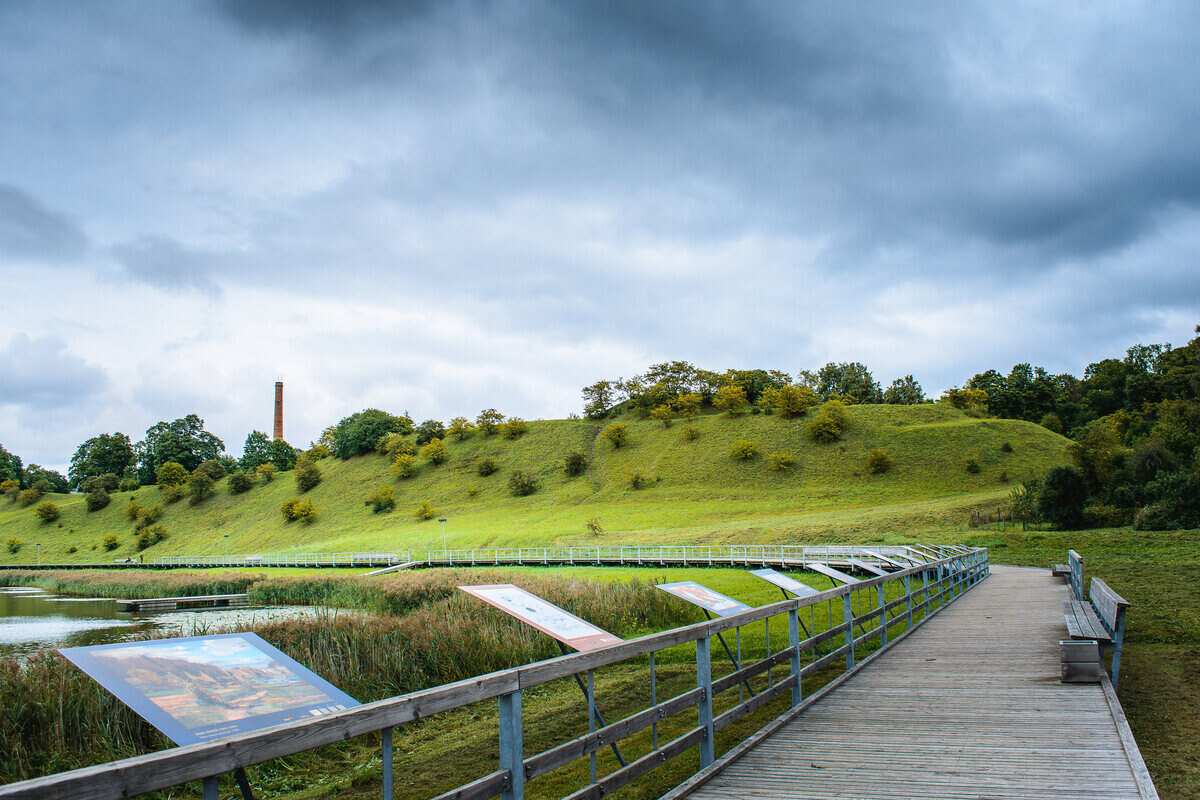
To enhance the understanding, skills and knowledge of municipalities, entrepreneurs and administrators of nature territories and cultural objects on accessibility and provision of tourism products and services, we have developed few illustrative and practical materials which suggests the key criteria on how to improve access for all, including people with movement, visual, hearing and cognitive impairment, seniors, parents travelling with baby-strollers. The guidelines contain recommendations for the improvement of nature trails and nature objects (appropriate paths, surfaces, slopes etc.), resting atras and parking lots, watching towers, piers and swimming sites, muesums and entertainment sites (theatre, concert hall, cinema), cafes, guest houses, toilets and shower rooms, e-environment, as well as key ethical principles in communication.
We hope that these materials shall serve as a handy guide to municipalities, nature protected areas’ administrations, visitor centres, tourism businesses, juseums, cafes and other organisations in facilitating their work on improvement of accessibility of their objects and services.
Accessibility guidelines for nature trails:
Guidelines for nature trails in ENG
Guidelines for nature trails in EE
Guidelines for nature trails in LV
Guidelines for nature trails in LT
Accessibility Check List on nature trails in ENG:
Accessibility guidelines in tourism and culture:
Guidelines in tourism and culture in ENG
Guidelines in tourism and culture in EE
Europarc webinar “How and why to make nature more accessible”
On 7 May 2021 within the framework of the NatAc Project partners hold a webinar hosted by Europarc Federation on How and Why to Make Nature More Accessible.
The first case study was brought from the hand of Sanna Kalmari, Accessible Travel Specialist & Travel Blogger from Finland. She spoke about nature as a part of national identity. Finland is the most forested country in Europe and big part of everyday life also for Sanna, who is a power wheelchair user. Sanna spoke about what accessible nature means for her, but shared also general tips how accessible nature should be promoted. She highlighted that people with accessibility needs have unique needs and they want to make choices just like everybody else. That’s why it’s important to have different kind of accessible trails.
Dafne Farré, Public Use and Environmental Education Technician from the Barcelona Provincial Council, Spain, presented in detail the Accessibility resources present at the Natural Parks Network of this region: the environmental programmes and services, the teaching materials and practicable itineraries. Dafne also presented the Natural Parks Network Accessibility Plan, its key steps needed to deploy accessible trails and its maintenance.
To end with, Alise Lūse, NatAc Project Leader and Accessible Nature Tourism & Trails Practitioner from Latvia, exposed the work that the project Nature Access to All (NatAc) is carrying out for implementing accessibility solutions and promoting the understanding in Latvia, Estonia and Finland. In her presentation, Alise shared a number of examples on how to make easy and efficient accessibility solutions at trails, incl. a path, a toilet, a resting area, info stands & tactile objects, as well as mentioned the recently developed mapeirons.eu platform, which contains a map and detailed information on more than 1000 accessible places.